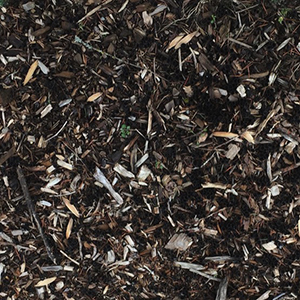Influence of the initial setting of cement on the shear strength of rice husk ash stabilised soil

Published: 30 December 2022
Abstract Views: 1038
PDF: 251
HTML: 5
HTML: 5
Publisher's note
All claims expressed in this article are solely those of the authors and do not necessarily represent those of their affiliated organizations, or those of the publisher, the editors and the reviewers. Any product that may be evaluated in this article or claim that may be made by its manufacturer is not guaranteed or endorsed by the publisher.
All claims expressed in this article are solely those of the authors and do not necessarily represent those of their affiliated organizations, or those of the publisher, the editors and the reviewers. Any product that may be evaluated in this article or claim that may be made by its manufacturer is not guaranteed or endorsed by the publisher.
Similar Articles
- Alessandro Toccolini, Simone Felisari, Paolo Stefano Ferrario, Design of green spaces located below the urbanised level. Themes, problems and solutions applied to a case study , Journal of Agricultural Engineering: Vol. 46 No. 4 (2015)
- Alessandro Trevisani, Eleonora Iaccheri, Angelo Fabbri, Adriano Guarnieri, Pallet standards in agri-food sector: a brief survey , Journal of Agricultural Engineering: Vol. 45 No. 2 (2014)
- Francesco Bettella, Vincenzo D'Agostino, Lucia Bortolini, Drainage flux simulation of green roofs under wet conditions , Journal of Agricultural Engineering: Vol. 49 No. 4 (2018)
- Javier Gómez, Alberto Tascón, Francisco Ayuga, Systematic layout planning of wineries: the case of Rioja region (Spain) , Journal of Agricultural Engineering: Vol. 49 No. 1 (2018)
- Ernest Ekow Abano, Livingston Kobina Sam-Amoah, Ato Bart-Plange, Variation in ultrasonic frequency and time as pre-treatments to air-drying of carrot , Journal of Agricultural Engineering: Vol. 43 No. 4 (2012)
- Marco Benetti, Franco Gasparini, Andrea Peruzzi, Luigi Sartori, Evaluation of the effects of different openers mounted on no-tillage planters on maize: a field study , Journal of Agricultural Engineering: Vol. 55 No. 3 (2024)
- Valentina Giovenzana, Stefano Baroffio, Roberto Beghi, Andrea Casson, Alessia Pampuri, Alessio Tugnolo, Diego De Filippi, Riccardo Guidetti, Technological innovation in the winery addressing oenology 4.0: testing of an automated system for the alcoholic fermentation management , Journal of Agricultural Engineering: Vol. 52 No. 4 (2021)
- Alvaro Marucci, Adolfo Gusman, Barbara Pagniello, Andrea Cappuccini, Limits and prospects of photovoltaic covers in Mediterranean greenhouses , Journal of Agricultural Engineering: Vol. 44 No. 1 (2013)
- Igor KovaÄev, Daniele De Wrachien, Report on the 44th International Symposium: Actual Tasks on Agricultural Engineering, 23rd-26th February 2016, Opatija, Croatia , Journal of Agricultural Engineering: Vol. 47 No. 1 (2016)
- Alessandro Benelli, Chiara Cevoli, Angelo Fabbri, Luigi Ragni, Hyperspectral imaging to measure apricot attributes during storage , Journal of Agricultural Engineering: Vol. 53 No. 2 (2022)
<< < 28 29 30 31 32 33 34 35 36 37 > >>
You may also start an advanced similarity search for this article.

 https://doi.org/10.4081/jae.2022.1411
https://doi.org/10.4081/jae.2022.1411







